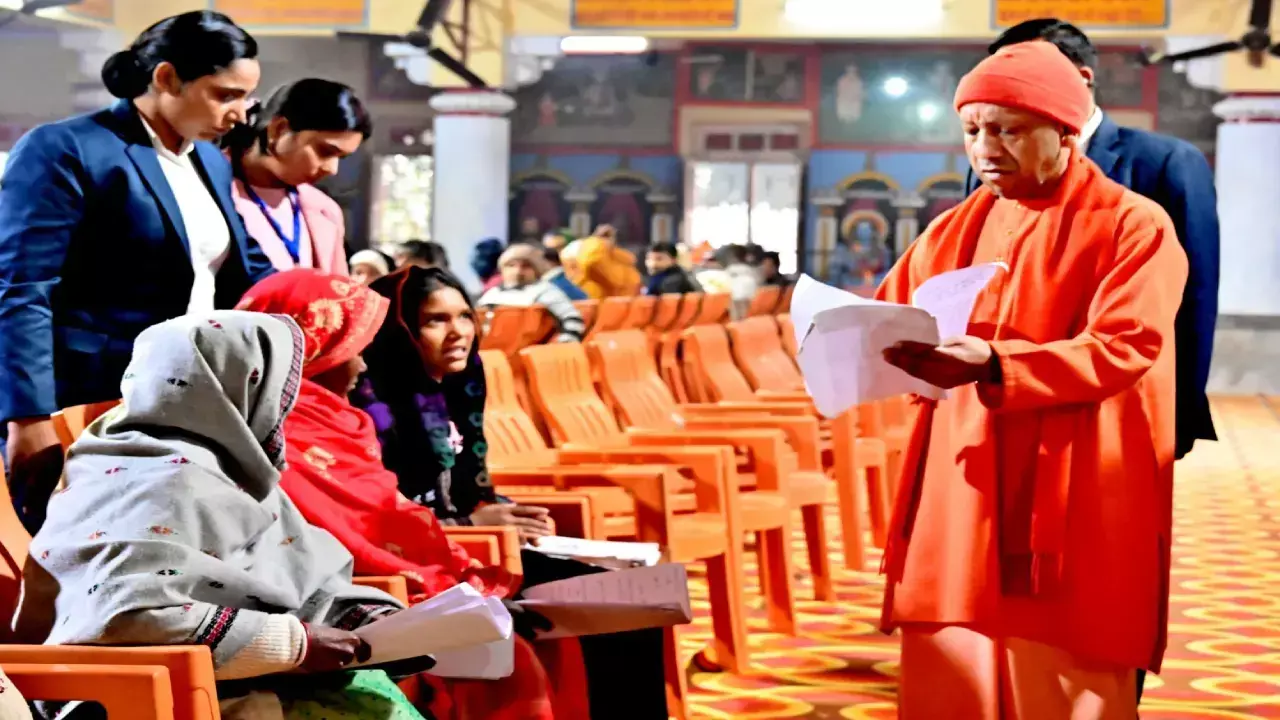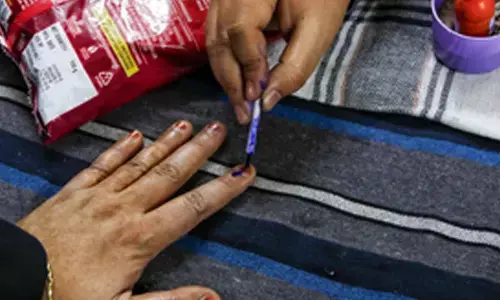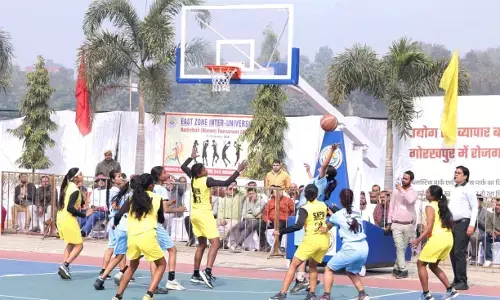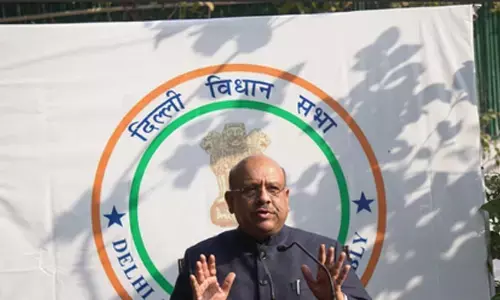Dr Ch Mohan Rao had a passion to be scientist

I was born in an orthodox Brahmin family in Huzurabad town of Karimnagar district. I completed schooling in government school right up to Zilla Parishad School in the same town. As the ZP School was upgraded during my days, I completed Intermediate in Hurzurabad. I must admit that I was not a top ranker.
Eminent scientist Dr Ch Mohan Rao, Director, Centre for Cellular and Molecular Biology (CCMB), is a distinguished recipient of Shanti Swarup Bhatnagar award. Besides scientific activity, he is playing a pivotal role in taking science to school children, teachers and even the general public. Dr Rao is also the president of Jana Vignana Vedika, a science for the people movement. He received national awards for efforts in science and technology communication.
I was born in an orthodox Brahmin family in Huzurabad town of Karimnagar district. I completed schooling in government school right up to Zilla Parishad School in the same town. As the ZP School was upgraded during my days, I completed Intermediate in Hurzurabad. I must admit that I was not a top ranker.
Right from my childhood I toyed with the Science. My elder sister was a teacher in the nearby girl’s high school. She helped me with laboratory material so that I could also conduct experiments and address my scientific temperament. In class VII, we tried to make an electro-magnet using text books as manuals. In the process of making, we connected U shaped rod to 200 volts socket with wires and the fuse blew up. Later we learnt that an insulated cooper wire and a DC voltage are required to make a magnet.
During my school days, I was very curious to know how phosphorous catches fire by itself when kept outside. Though we had phosphorous in the school lab, our teachers were not willing to give it. I learnt that from calcium phosphate and sulphuric acid one can make phosphorous. So I decided to create it. As the calcium phosphate is available in the bones, I collected bones from wherever they were available and my parents were not happy when I brought them home. To make sulphuric acid, we collected potash powered from burnt crackers and later dissolved in the water.
Once I wanted to make a Deepavali rocket and collected a mixture of carbon powered, sulphur and potassium nitrate. The rocket which I made did not lift-off. Later I realized that it required a nozzle. Again I made a rocket with a nozzle and burnt it, which actually landed in the Girl’s High School.
Science has been fun and at times dangerous too. We know that acid burns, but we did not how to test it. We had a cat at home. Once, I took a little bit of acid and put it on the cat’s tail. Though we felt bad for the cat, we learnt how acid burns. Science is all about learning through experiments.
I cleared intermediate exams with a good score. My father and uncle, who were both doctors by profession, wanted me to follow in their footsteps. I was obsessed with the thought of becoming a scientist. I moved to Hanmakonda town in Warangal district to study B.SC (botany, zoology and chemistry) at Arts and Science College, Osmania University.
For a small town boy, Hanmakonda was like a big city. It took some time to match to Warangal level of sophistication. Teachers were excellent in the Arts and Science College. I taught my chemistry teacher to read and write Telugu. Prof Sundaram’s inspirational guidance has had a long-lasting impression on me.
I had both left and right orientation during college days. In 1969, due to Telangana agitation academics took a beating. Copying in the examination had become a right for every student. Apart from the regular academics, I was good at poetry. My poem on Warangal fort won the first prize in the college competition. I topped the college in graduation and later joined PG centre for post graduation in chemistry.
Though I scored top rank in the entrance exam, I preferred PG centre as it was nearer home. When I joined the centre it was under OU and went on to become Kakatiya University (KU) in my second year. Interestingly, I got marks memos from both OU, KU although degree was awarded by the latter.
After completing PG, I pursued PhD at University of Hyderabad. There I and Prof Kodandaram prepared the students union constitutional draft. I was active in student politics and also participated in Telangana agitation. During my research in chemistry, I developed a technique called photo acoustic spectroscopy to study crude petroleum. The same technique I applied for studying malaria parasite and it was my first experiment in biology.
The mode of action on anti-malarial drugs gave me my first breakthrough. The work was published in the internationally reputed Science journal which was a rare phenomenon in those days. Immediately after I finishing PhD, the then CCMB director Dr P M Bhargava offered me scientist-B post without an application or an interview. Though it was pretty lucrative, I was not willing to take up as I was determined to do post-doctoral work aboard.
After a month, my appointment was changed from scientist-B to scientist-C which was a higher post. I joined on the condition that I would work for one year. Thereafter I remained with the institute and went on to become director of the Institute in 2009. Despite being an uphill task guiding a group intellectuals and also inspiring youngsters, I succeed in it. I would have been happier and done well with physics instead of biology. In the last five years as the director, I spent less time on my own research, which remains a big regret.
told to Yuvraj Akula








